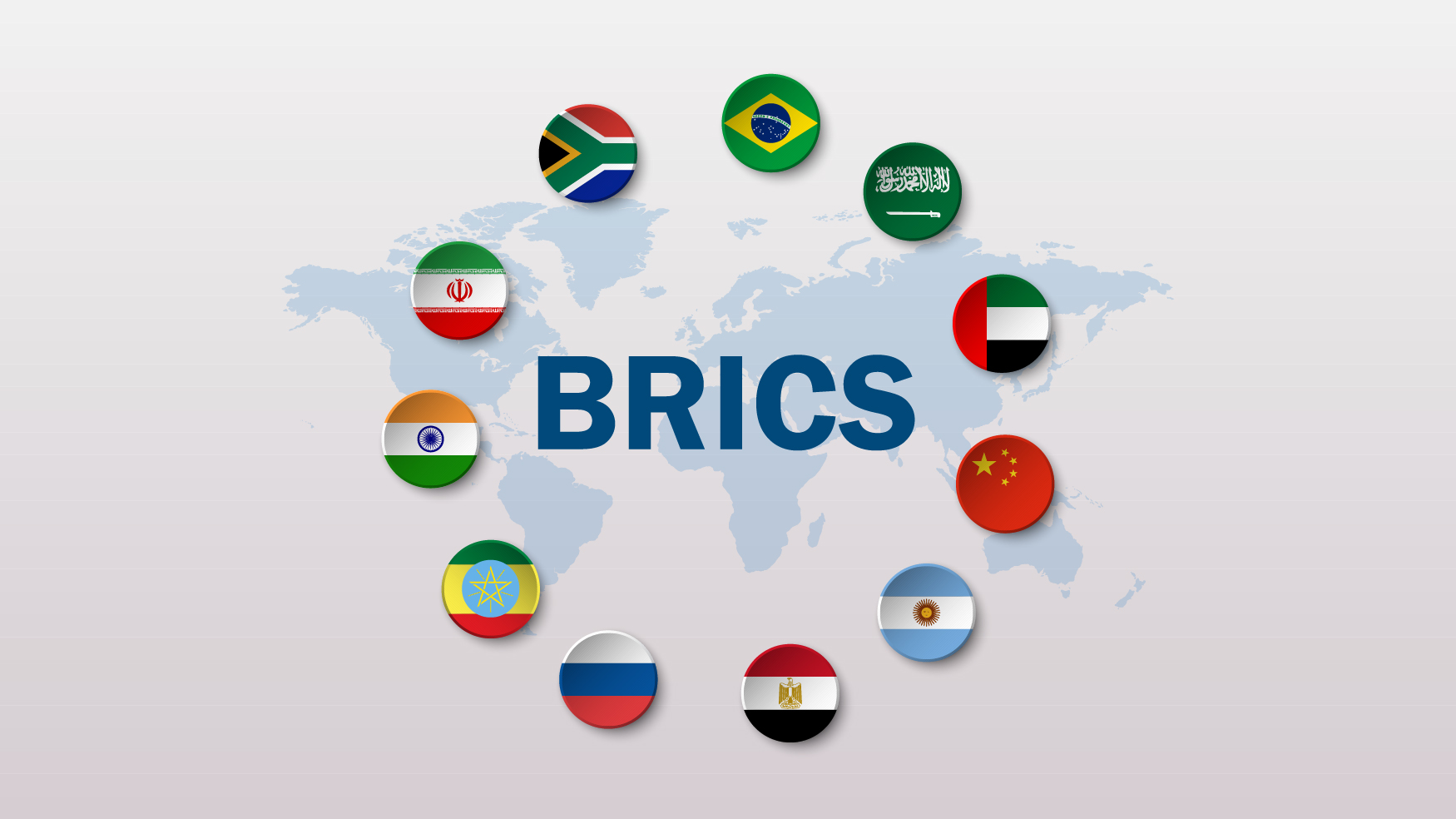The BRICS nations – Brazil, Russia, India, China, and South Africa – have emerged as key players in the global economic landscape. As these countries continue to grow and develop, investors are increasingly looking for opportunities to diversify their portfolios by exploring investments in BRICS currencies. In this comprehensive overview, we will delve into the economic landscapes of each Buy brics currency online, analyze the factors influencing their currencies, and provide insights into where investors might find promising opportunities.
- Brazil (BRL – Brazilian Real):
Brazil, known for its rich natural resources and vibrant culture, has faced economic challenges in recent years. However, the country remains a significant player in global markets. Investors looking to venture into the Brazilian Real should monitor the country’s efforts to implement economic reforms, control inflation, and promote sustainable development. Infrastructure projects and advancements in technology are key areas to watch, as they can impact the strength of the Brazilian Real.
- Russia (RUB – Russian Ruble):
Russia, a major player in the energy sector, has a robust economy driven by oil and gas exports. Investors eyeing the Russian Ruble should keep a close watch on global energy prices and geopolitical developments. Additionally, Russia’s efforts to diversify its economy, particularly in technology and innovation, can influence the performance of the Ruble.
- India (INR – Indian Rupee):
India’s rapidly growing economy and young demographic make it an attractive destination for investors. The Indian Rupee’s performance is closely linked to the country’s economic policies, fiscal reforms, and technological advancements. Investors should focus on sectors such as IT, healthcare, and renewable energy, as they are likely to contribute significantly to the Indian Rupee’s strength.
- China (CNY – Chinese Yuan):
As the world’s second-largest economy, China plays a pivotal role in global trade. The Chinese Yuan’s internationalization has been a key focus for the country, and investors should pay attention to China’s economic policies, trade relations, and advancements in technology. The Belt and Road Initiative, as well as developments in the digital currency space, can also impact the Chinese Yuan’s performance.
- South Africa (ZAR – South African Rand):
South Africa, rich in natural resources and a hub for mining activities, is a key player in the African continent. The South African Rand’s performance is influenced by factors such as commodity prices, economic policies, and political stability. Investors should closely monitor developments in the mining and agricultural sectors, as well as government initiatives aimed at promoting economic growth and stability.
Conclusion:
Investing in BRICS currencies can offer diversification benefits and exposure to dynamic emerging markets. However, it is crucial for investors to conduct thorough research, stay informed about economic and geopolitical developments, and diversify their portfolios to manage risks effectively.
